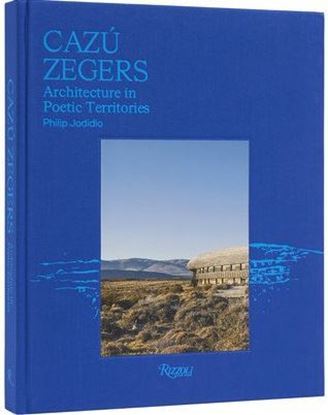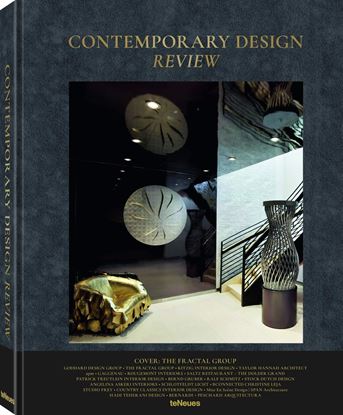

CAZU ZEGERS. ARCHITECTURE IN POETIC
This is the first major book on Zegers, who practices an intensely artistic and ecological form of architecture based on landscapes in which she builds. Working frequently in timber, Zegers reaches unique, sustainable, and recyclable solutions that combine and rescue the traditional work of Chilean carpenters with modern techniques. In an almost metaphysical journey, in which organic forms, curves, diagonals, and verticals are combined, Zegers affirms her rising presence as a force in ecologically minded architecture.
5,300
3,975
GUY BOURDIN FOR CHARLES JOURDAN
A giant of modern fashion photography, Bourdin lent his surrealist eye to the shoes and fashions of Charles Jourdan. Creating compositions full of movement, color, and sensuality, this pioneering collaboration between designer and photographer still exerts a profound influence on modern fashion photography.
The late 1960s saw some of the most dynamic periods in French fashion. And the union between Bourdin and Jourdan captured the spirit of the moment unlike any other creative partnership of the era. Jourdan, a polymath who occupied the office of both couturier and shoe designer, tapped Bourdin, a true surrealist among the fashion photographers of the age, and engaged in a creative dialogue through to Jourdan’s passing in 1976.
5,300
3,975











